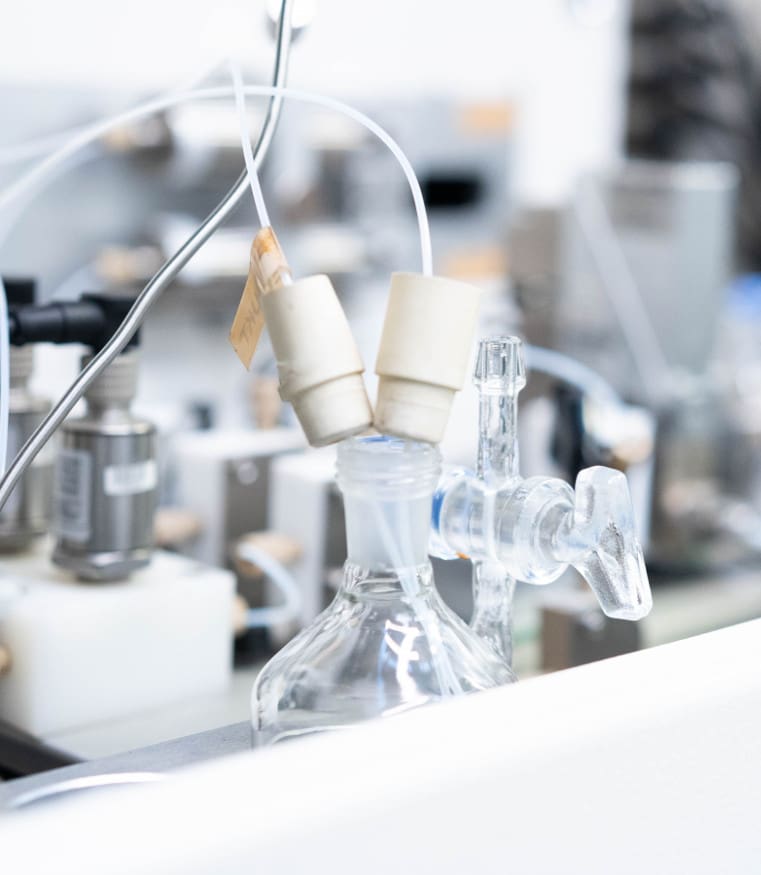Radical-based C-C Bond-Forming Processes Enabled by the Photoexcitation of 4-Alkyl-1,4-dihydropyridines
We report herein that 4-alkyl-1,4-dihydropyridines (alkyl-DHPs) can directly reach an electronically excited state upon light absorption and trigger the generation of C(sp3)-centered radicals without the need for an external photocatalyst. Selective excitation with a violet-light-emitting diode turns alkyl-DHPs into strong reducing agents that can activate reagents via single-electron transfer manifolds while undergoing a homolytic cleavage to generate radicals. We used this photochemical dual-reactivity profile to trigger radical-based carbon-carbon bond-forming processes, including nickel catalyzed cross-coupling reactions.

L. Buzzetti, A. Prieto, S.R. Roy, P. Melchiorre
Angew. Chem. Int. Ed. 2017, 56 (47), 15039-15043
DOI:
10.1002/anie.201709571

Let's create a brighter future
Join our team to work with renowned researchers, tackle groundbreaking
projects and contribute to meaningful scientific advancements




















